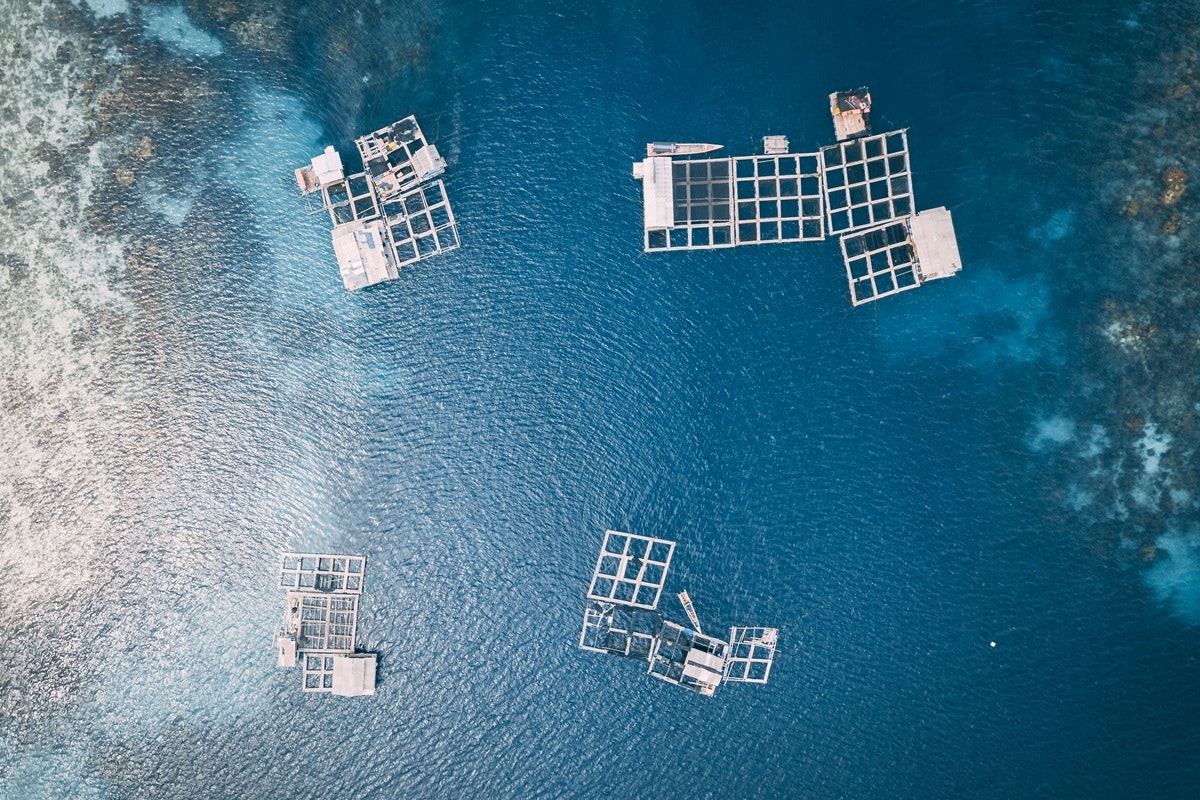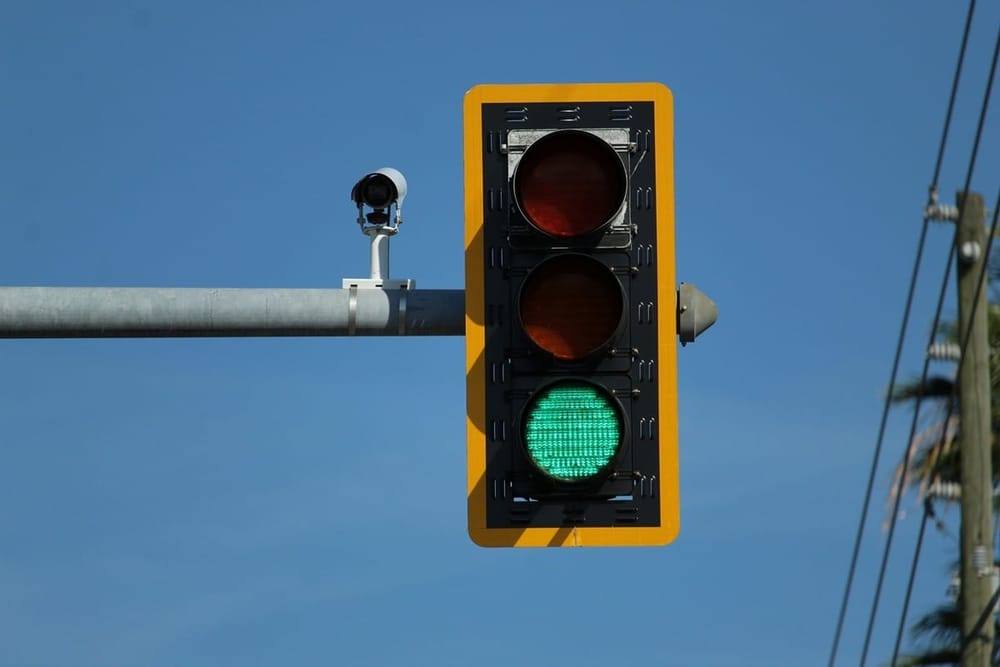Decoding Routine Welfare Monitoring in the New ASC Farm Standard

The new Aquaculture Stewardship Council (ASC) Farm Standard (V1.0) published on 1 May 2025 represents a significant shift in the welfare requirements for certified aquaculture producers. While many producers are currently focused on adapting to the new Feed Standard, the 2027 deadline for adopting the new Farm Standard requires strategic preparation.
The most critical new element for day-to-day operations in this new standard? A mandatory, structured approach to routine monitoring of welfare indicators, which applies to fish (including cleaner fish) and crustaceans.
Health and Welfare Management Plan (HWMP)
One key aspect of the new welfare requirements is the Health and Welfare Management Plan (HWMP). This is a site-specific and veterinarian-approved document that must be implemented, serving as an operational playbook for the health and welfare of the aquatic animals on your farm. The aim of this HWMP is to support preventative, rather than remedial, actions to ensure good fish health and welfare.
The HWMP must cover different topics including disease, reporting mechanisms, biosecurity, predation, and, crucially, define the specific Operational Welfare Indicators, frequencies, and scoring methodologies for routine welfare monitoring across your production unit. While some parameters and frequencies are mandated by the ASC Farm Standard, others must be determined by a site-specific risk assessment.
Routine Welfare Monitoring: The Indicators
1. Morphological Indicators
These indicators are key outcome measures that concern the physical condition of the animal, requiring visual observation of individuals for assessment. Assessment of these indicators often requires sampling. Indicators may also be assessed using cameras, provided that this can be validated against traditional assessment methods.
| Fish (including cleaner fish) | Crustaceans |
| Eye damage | Exoskeleton damage, including at least eyes, antennas, appendages, and rostrum |
| Operculum damage | Hepatopancreas colouration and size |
| Skin damage | Gill coloration |
| Fin damage | Size dispersion/variation |
| Deformities | Shell blisters and necrosis |
| Change of coloration | Full/empty digestive tube and colouration |
| Emaciation | Loss of appendages, categorised according to causes. |
Note: There is an exception to score morphological indicators for European sea bass due to sensitivity to handling.
For fish these indicators are required to be scored monthly, while for cleaner fish they are to be scored every three months. For crustaceans, these indicators must be scored weekly.
2. Behavior
The standard focuses on feeding behavior as a welfare indicator. For fish and crustaceans, feeding behavior must be scored daily. For cleaner fish, it must be scored weekly.
While ASC only mandates the recording of feeding behavior, producers can (and should) track other behaviors such as aberrant behaviors or aggression for more robust welfare monitoring.
3. Mortality
For fish (including cleaner fish), daily monitoring and recording of mortalities, removal of mortalities at least every second day, and daily collection and culling of moribund fish are required. For crustaceans, these actions are required only when spotted. For both fish and crustaceans, all recovered mortalities require classification and a post-mortem analysis for each mortality event. Additionally, unexplained mortality events must be investigated.
ASC recommends the following mortality groupings:
| Infectious | Non-infectious |
| Bacterial | Husbandry related (e.g. transportation, treatment, vaccination, grading, etc.) |
| Viral | Environmental (e.g. algal bloom, currents, etc.) |
| Parasitic | Predation (e.g. birds, seals, others) |
| Fungal | Poor doers or runts |
| Amoebic | Physical lesions |
| Nephrocalcinosis | |
| Moribund | |
| Deformities | |
| Undiagnosed/unknown | |
| Decomposed | |
| Sampled | |
| Failed smolts (only for salmon) |
4. Water Quality
While most producers monitor water quality parameters for productivity reasons, the new ASC Farm Standard requires these parameters to be monitored from a welfare perspective. The exact monitoring requirements vary by system and water source. The tables from the ASC standard setting out the requirements for each system are set out below.
Fish and cleaner fish
Crustaceans
Exceptions to Monitoring Frequency
Sometimes scoring welfare indicators isn’t possible. Exceptions to the minimum monitoring frequency can apply in specific circumstances (varying depending on the species and indicator), such as:
- Immediately after smolting and stocking
- Under environmental conditions that affect the welfare of the fish/crustaceans or health and safety of employees
- Fish are undergoing a disease event and/or being treated
- Severe bad weather
- Major equipment failure not related to poor maintenance
The reason for any deviation from the required monitoring frequency must be recorded.
Compliance in Scoring: Traffic Light Thresholds

All four categories of indicator must be scored against a ‘traffic light’ system: Green (Acceptable), Amber (Warning), or Red (Unacceptable).
These thresholds can’t be arbitrary. They must be specific to the species and life stage, and based on at least one of the following sources:
- Published scientific literature
- The recommendation of a veterinarian or aquatic animal health professional
- ASC reference materials
Where an indicator falls into the warning (amber) or unacceptable (red) threshold, the producer must increase monitoring and implement appropriate corrective actions to restore this indicator level back to acceptable (green).
The Farm Standard also requires mandatory trend analysis to be conducted to determine the changes in health and welfare over time. This must include an analysis of trend drivers, linking traffic light scores and feedback from the processing plant where relevant.
Don’t Wait for the Deadline
The new ASC Farm Standard is clear: proactive, data-driven welfare management is mandatory. Adopting appropriate traffic light thresholds and integrating routine welfare indicator collection into your workflow is a substantial, non-trivial task.
Producers relying on manual processes for these requirements will face an increased administrative burden. Streamlining compliance with these requirements will necessarily involve digitizing and automating your welfare monitoring.
For guidance on navigating these new monitoring requirements or implementing a solution that enables streamlined compliance, contact us at info@lighthouseaqua.com or get in touch using the form below.